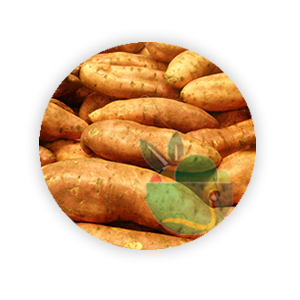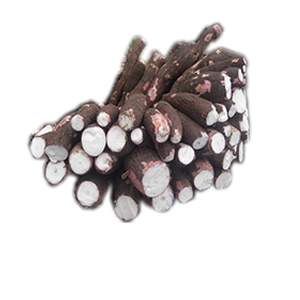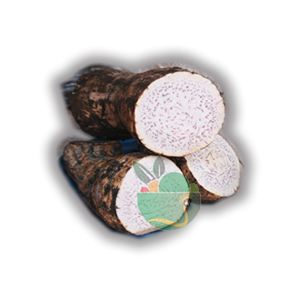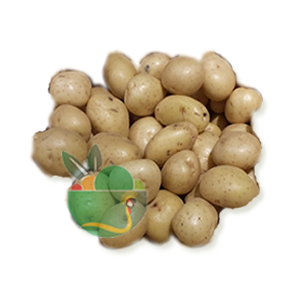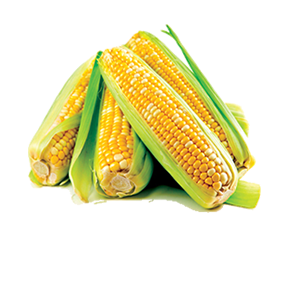
Sweet Corns
Sweet corn is a particular maize species which differ genetically from the field maize. Its kernels are tender, delicious and eaten as a vegetable in many cuisines worldwide. In contrast to the traditional field corn, sweet corn crops are harvested while their corn-ears have just attained the milky stage. The cob either used immediately or frozen for later use since its sugar content turns quickly into starch.
Description
Sweet corn is a particular maize species which differ genetically from the field maize. Its kernels are tender, delicious and eaten as a vegetable in many cuisines worldwide. In contrast to the traditional field corn, sweet corn crops are harvested while their corn-ears have just attained the milky stage. The cob either used immediately or frozen for later use since its sugar content turns quickly into starch.
Health benefits of sweet corn
- At 86 calories per 100 g, sugar corn kernels are moderately high in calories in comparison to other vegetables. However, fresh sweet corn has much fewer calories than that of in the field corn and other cereal grains like wheat, rice, etc. Their calorie chiefly comes from simpler carbohydrates like glucose, sucrose than complex sugars like amylose and amylopectin, which is a case in the cereals.
- Sweet corn is a gluten-free cereal and may be used safely in celiac disease individuals much like rice, quinoa, etc.
- Sugar corn features high-quality phytonutrition profile comprising of dietary fiber, vitamins, and antioxidants in addition to minerals in modest proportions. It is one of the finest sources of dietary fibers, 100 g kernels carry 2 g or 5% of daily requirement of dietary fiber. Together with slow digesting complex carbohydrates, dietary fiber in the food helps regulate in a gradual increase in blood sugar levels. However, corn, in line with rice, potato, etc., is one of high glycemic index food items, limiting its authority as the chief food ingredient in diabetes patients.
- Yellow variety corn has significantly higher levels of phenolic flavonoid pigment antioxidants such as ß-carotenes, and lutein, xanthins and cryptoxanthin pigments along with vitamin-A. 100 g fresh kernels provide 187 IU or 6% of daily requirement of vitamin-A. Altogether; these compounds are required for maintaining healthy mucosa, skin, and vision. Consumption of natural foods rich in flavonoids helps protect from lung and oral cavity cancers.

